
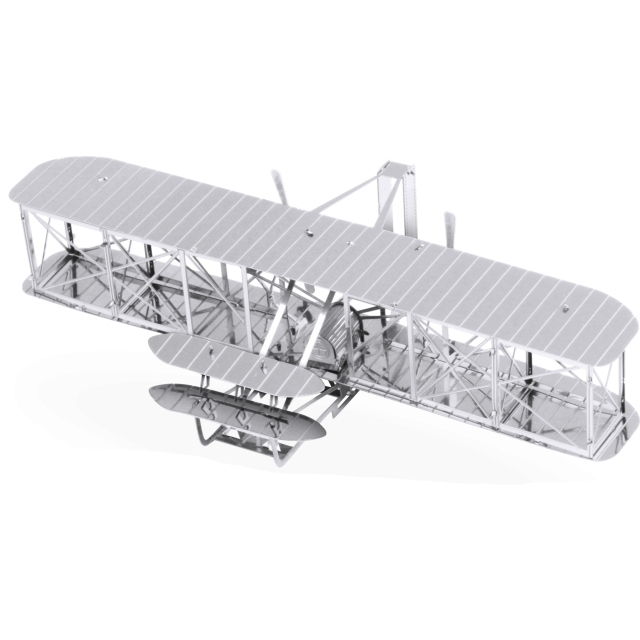
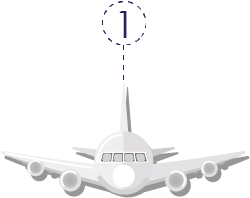
The Wright Flyer
Why famous?
The biplane aircraft, designed and built by the pioneering Wright brothers, is at the forefront of aviation history, performing the world’s first ever powered flight in 1903 over North Carolina, USA. It was built using giant spruce wood, with the engine and other parts all made by hand. A sprocket chain drive, borrowed from bicycle design, was used to power the twin propellers. To fly the plane, pilot Wilbur Wright lay on his stomach on the lower wing to reduce drag, with the steering controlled by with a hip cradle which pulled wires to warp the wings.Where now?
National Air and Space museum (Smithsonian Institution), Washington DC, USA.

The Wright Flyer

Why famous?
The biplane aircraft, designed and built by the pioneering Wright brothers, is at the forefront of aviation history, performing the world’s first ever powered flight in 1903 over North Carolina, USA. It was built using giant spruce wood, with the engine and other parts all made by hand. A sprocket chain drive, borrowed from bicycle design, was used to power the twin propellers. To fly the plane, pilot Wilbur Wright lay on his stomach on the lower wing to reduce drag, with the steering controlled by with a hip cradle which pulled wires to warp the wings.Where now?
National Air and Space museum (Smithsonian Institution), Washington DC, USA.
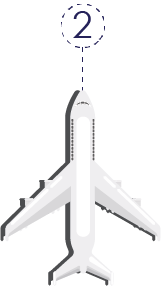
Concorde

Why famous?
Widely regarded as one of the most significant aircraft in aviation history, the world’s first supersonic airliner regularly allowed passengers to travel across the Atlantic in just 3½ hours – with a record-breaking flight time achieved in 1996 of just 2 hours, 52 minutes and 59 seconds from London Heathrow to New York JFK. Concorde entered service in 1976 and continued commercial operations for British Airways and Air France until 2003. The tragic crash of Air France 4590 in July 2000 (the only fatal incident involving Concorde) ultimately brought about its retirement, resulting in lower passenger numbers and decreased confidence in the iconic aircraft – even after safety modifications were made. Famously Concorde featured a pointed, adjustable nose, enabling it to achieve optimum aerodynamic efficiency in flight while still allowing the flight crew a full view during take-off and landing.

Concorde

Why famous?
Widely regarded as one of the most significant aircraft in aviation history, the world’s first supersonic airliner regularly allowed passengers to travel across the Atlantic in just 3½ hours – with a record-breaking flight time achieved in 1996 of just 2 hours, 52 minutes and 59 seconds from London Heathrow to New York JFK. Concorde entered service in 1976 and continued commercial operations for British Airways and Air France until 2003. The tragic crash of Air France 4590 in July 2000 (the only fatal incident involving Concorde) ultimately brought about its retirement, resulting in lower passenger numbers and decreased confidence in the iconic aircraft – even after safety modifications were made. Famously Concorde featured a pointed, adjustable nose, enabling it to achieve optimum aerodynamic efficiency in flight while still allowing the flight crew a full view during take-off and landing.
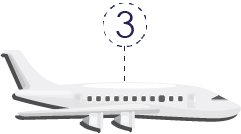
Air Force One (currently the Boeing VC-25)
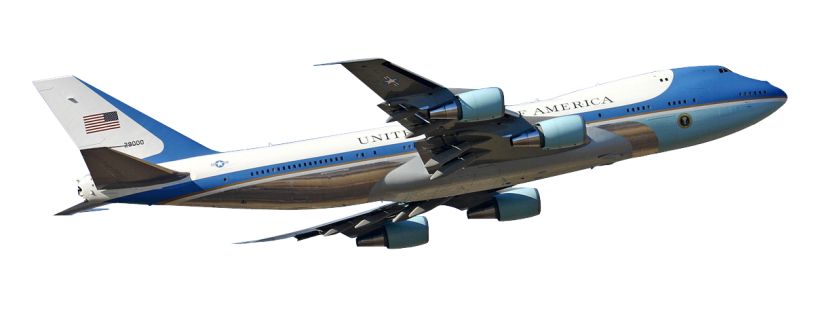
Why famous?
Air Force One has been immortalised in popular culture as a symbol of the American presidency and its power. However, unlike other aircraft on the list, it is not a specific aircraft, but an air traffic control call sign. Most often this will be used by the private aircraft that is primarily designated to transport the President of the United States – which then becomes known by the name. However the call sign can be used by any US Air Force aircraft while the president is on board. The term was developed in 1953 after a security glitch occurred when President Eisenhower’s plane entered the same airspace as a commercial airliner with the same call sign. Several aircraft have been used as Air Force One since, with Boeing now the exclusive manufacturer of choice. A Boeing VC-25 (a highly-customised 747) is used currently, with three further Boeing planes in development.

Air Force One (currently the Boeing VC-25)

Why famous?
Air Force One has been immortalised in popular culture as a symbol of the American presidency and its power. However, unlike other aircraft on the list, it is not a specific aircraft, but an air traffic control call sign. Most often this will be used by the private aircraft that is primarily designated to transport the President of the United States – which then becomes known by the name. However the call sign can be used by any US Air Force aircraft while the president is on board. The term was developed in 1953 after a security glitch occurred when President Eisenhower’s plane entered the same airspace as a commercial airliner with the same call sign. Several aircraft have been used as Air Force One since, with Boeing now the exclusive manufacturer of choice. A Boeing VC-25 (a highly-customised 747) is used currently, with three further Boeing planes in development.
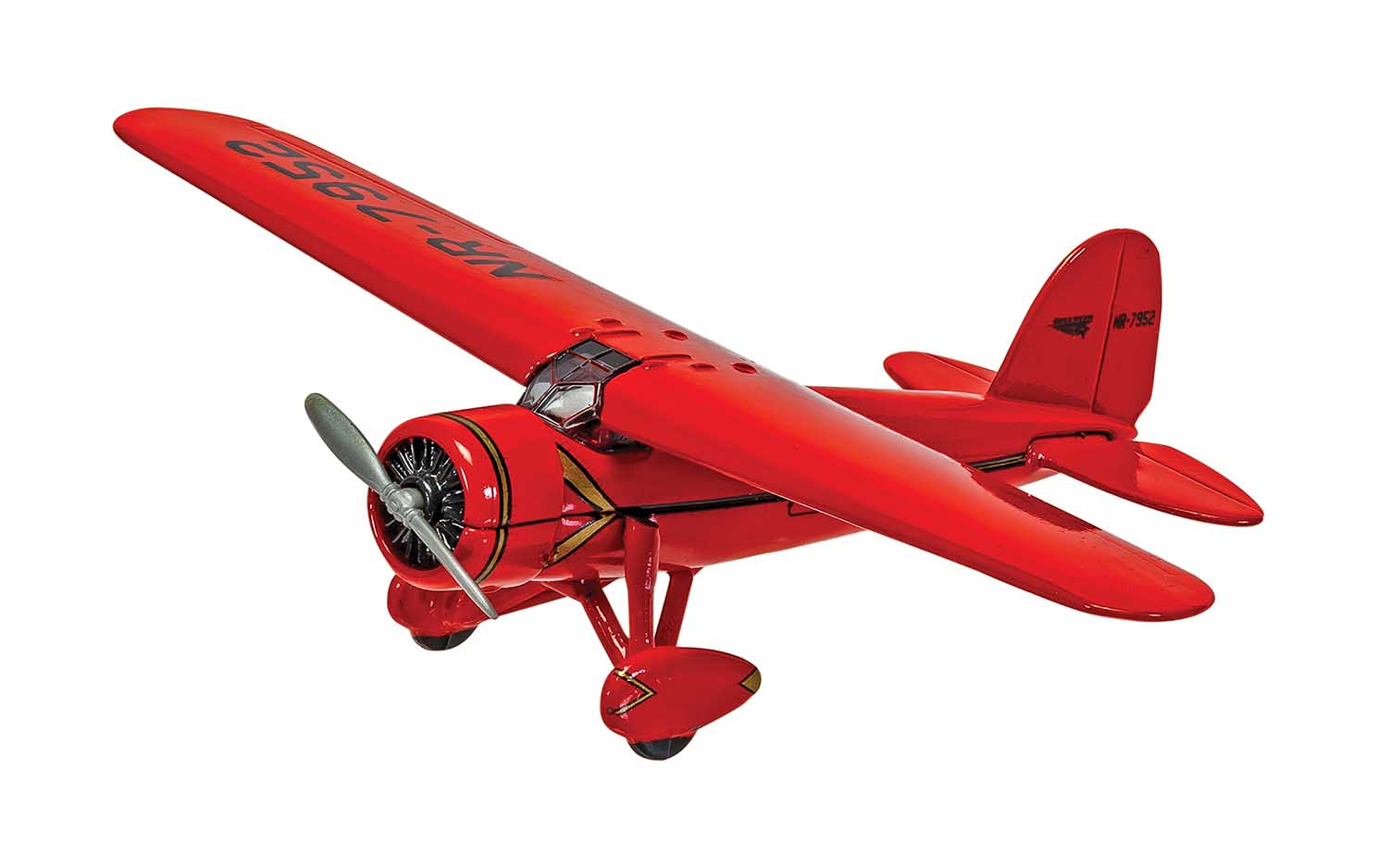
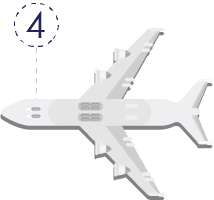
Lockheed Vega 5b
Why famous?
The six-seater monoplane (named after manufacturer Lockheed) was made famous by Amelia Earhart, who in 1932 became the first woman to fly non-stop across the Atlantic single-handedly. At the time, it’s long-range and rugged design made it a popular choice for record attempts.Where now?
National Air and Space museum (Smithsonian Institution), Washington DC, USA.

Lockheed Vega 5b

Why famous?
The six-seater monoplane (named after manufacturer Lockheed) was made famous by Amelia Earhart, who in 1932 became the first woman to fly non-stop across the Atlantic single-handedly. At the time, it’s long-range and rugged design made it a popular choice for record attempts.Where now?
National Air and Space museum (Smithsonian Institution), Washington DC, USA.
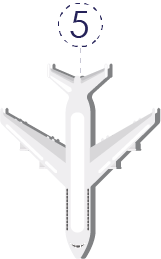
Airbus A380
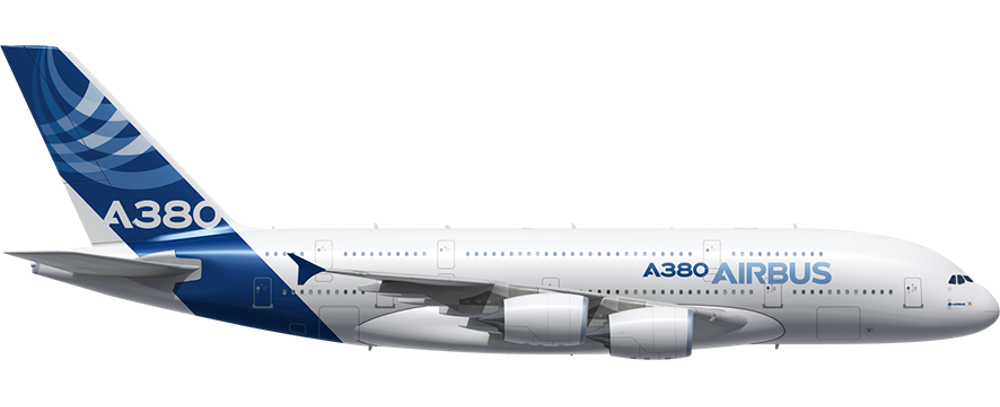
Why famous?
The A380, nicknamed the Superjumbo, is currently the largest passenger airliner in the world, and can carry up to 853 passengers in a double-deck seating configuration. It was designed by manufacturer Airbus to challenge Boeing’s monopoly in the large airliner market and entered commercial service in October 2007. Due to the enormous size of the components (fuselage sections are built in France, Germany, Spain and the UK), specially-designed ships and barges – and even new roads – had to be built for surface transportation to the assembly hall in Toulouse, France. The A380 features highly innovative passenger provisions and pilot technology – with an avionics suite based on that of advanced military aircraft.Where now?
69 aircraft are currently in operation (with many more on order) at a cost of US $375 million each and are used by airlines including Singapore Airlines; Emirates; Qantas; Lufthansa; Air France and Korean Air.

Airbus A380


